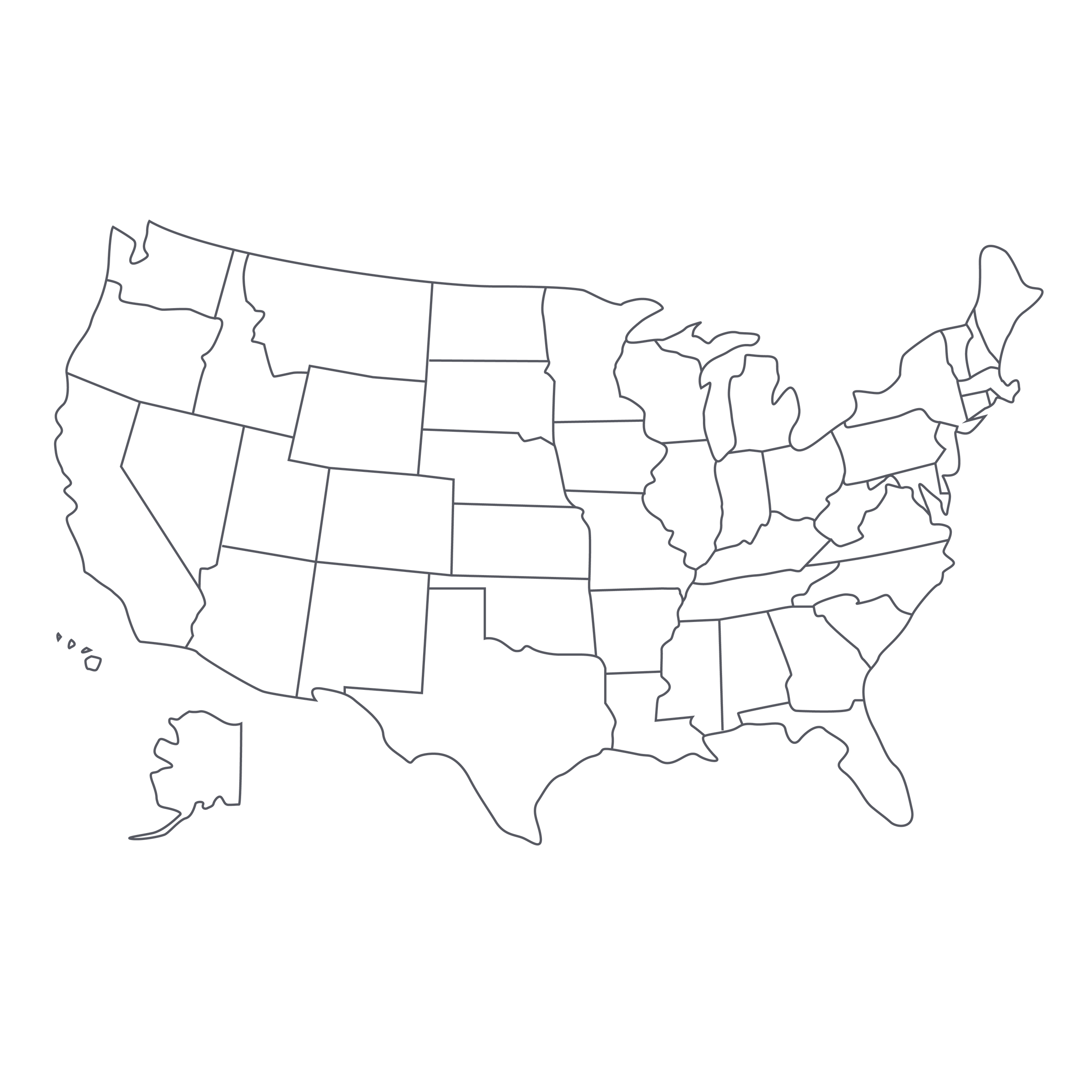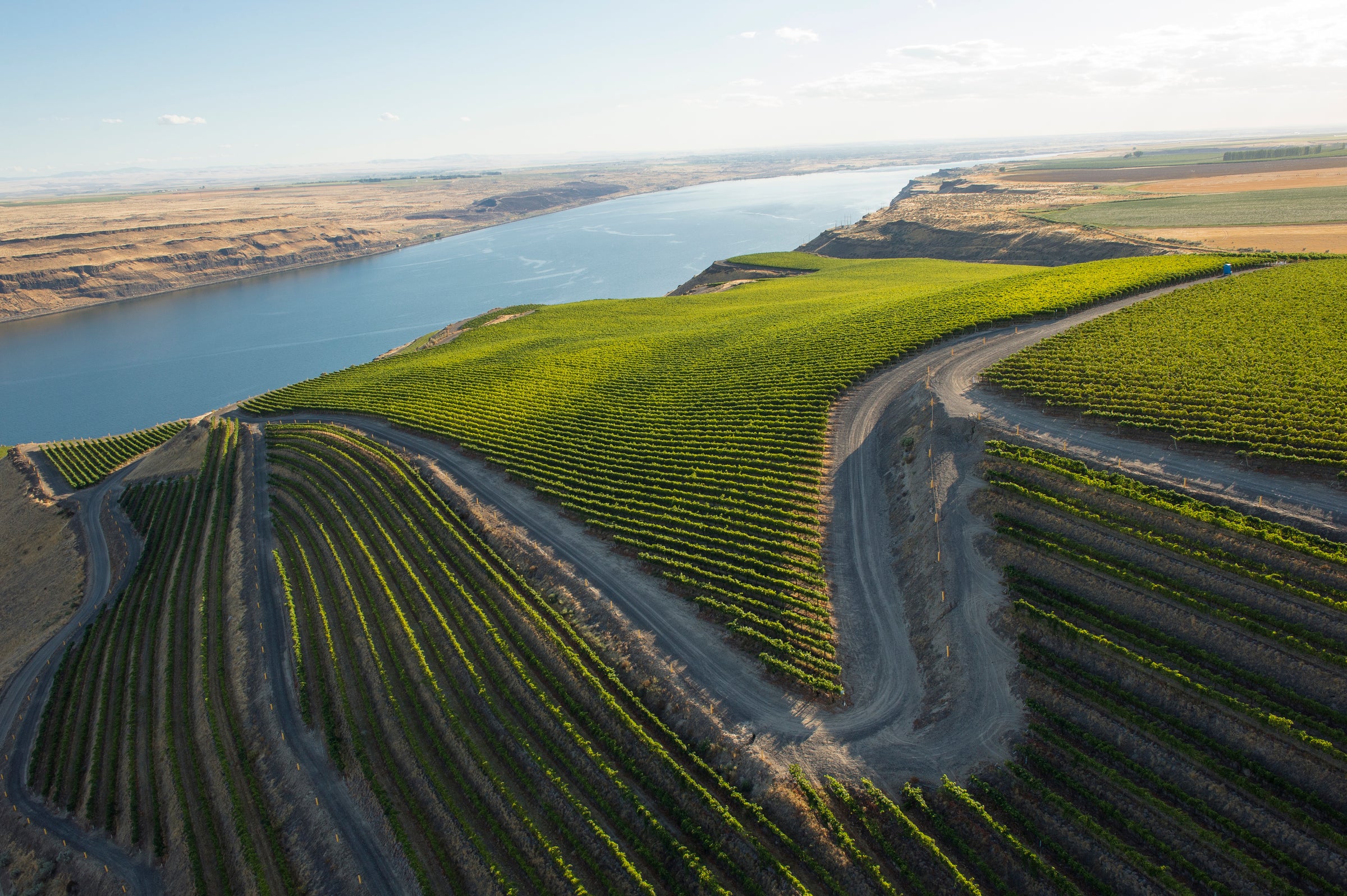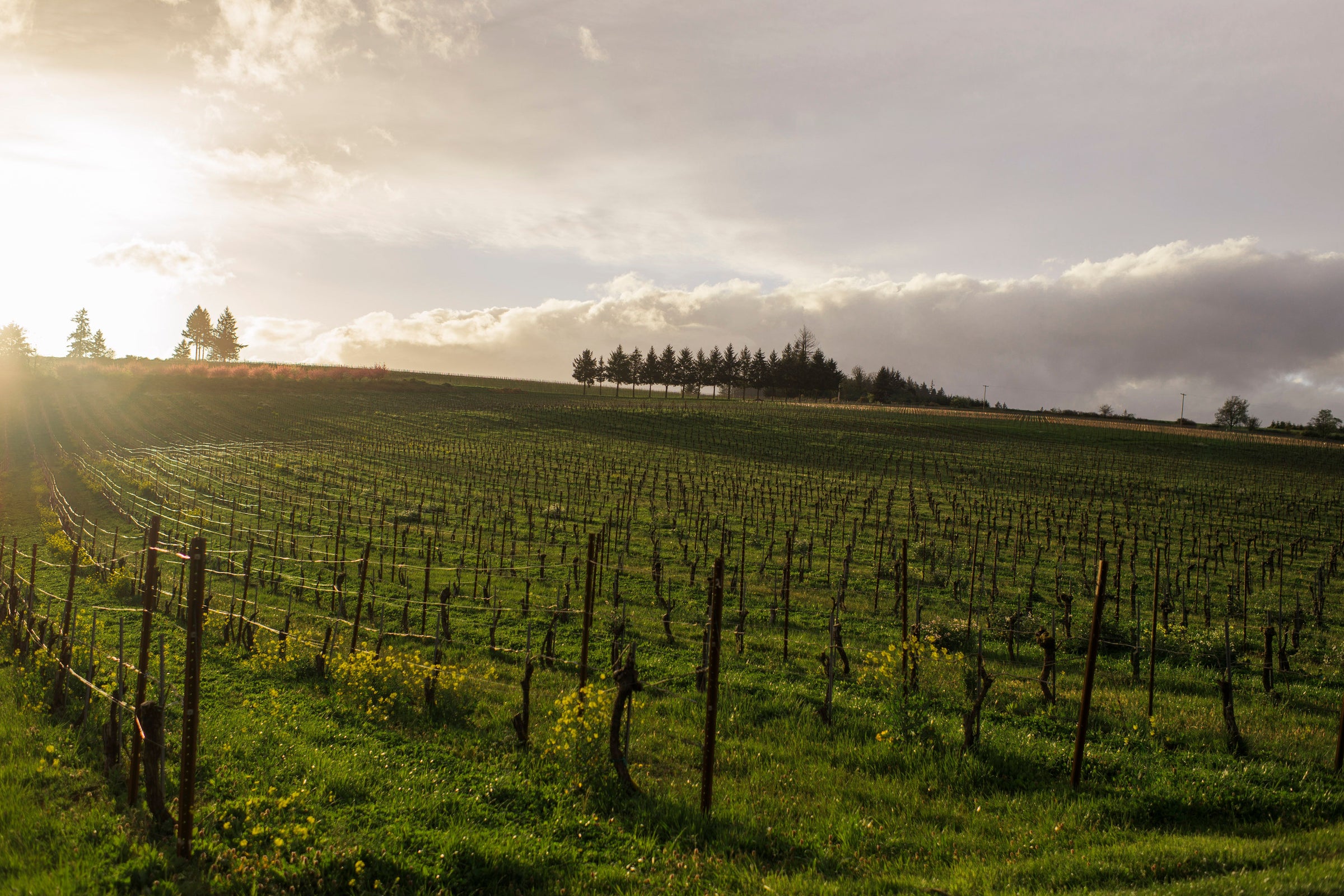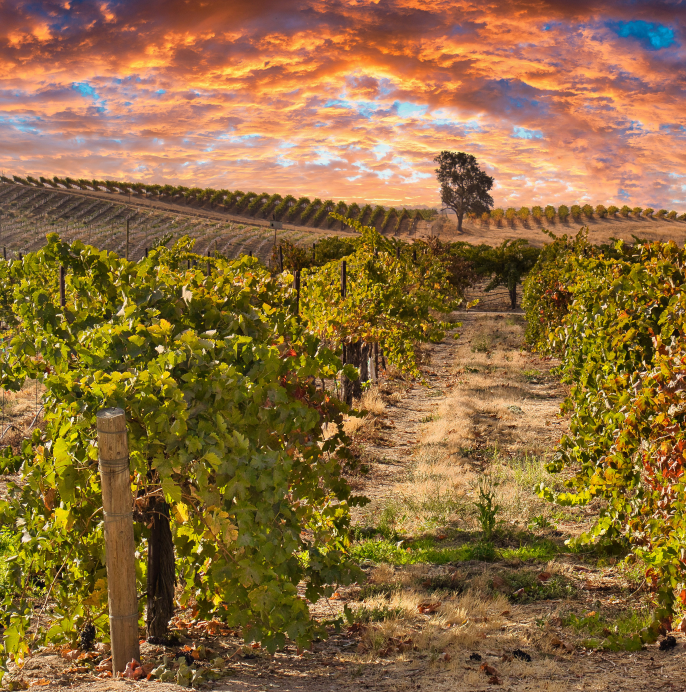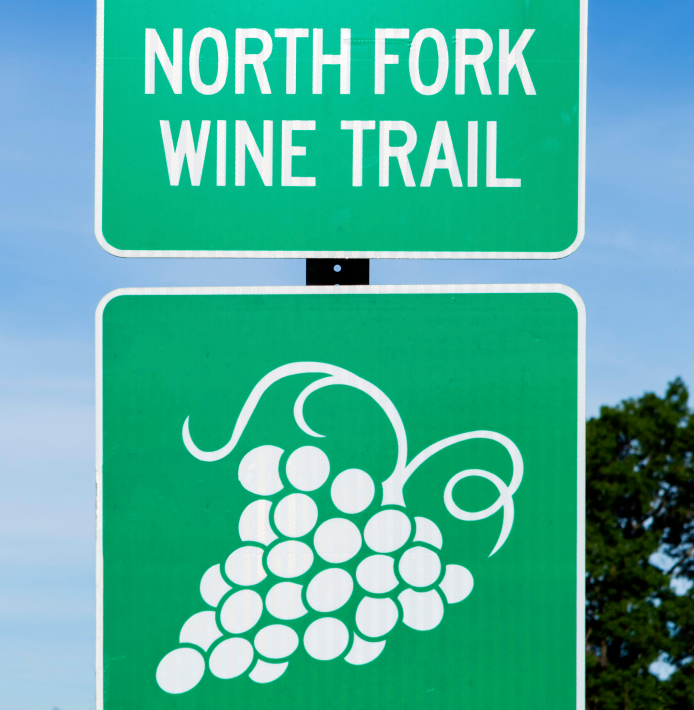One tasting exercise I find myself doing more often than ever is parsing the differences between Californian and Burgundian Chardonnays. And let me tell you: The lines are becoming so blurred that even a Burgundy fanatic like me gets faked out sometimes. Today’s Chardonnay from LIOCO, a wine named for the cool, foggy places where rivers meet sea, is a case in point. As I’ve said in previous offers of “Estero,” this wine is a prime example of what’s been happening with California Chardonnay in recent years—namely, a move away from the “rich and buttery” model in search of tension, minerality, and balance.
You wouldn’t know it by scanning the typical supermarket “shelf set,” but at the artisanal level (just 325 cases of this ’18 were produced), we’re encountering more and more California wines that are practically indistinguishable from our favorite Burgundies (and vice-versa!). Sourced from one of the great vineyards of the Russian River Valley and vinified in neutral oak, this edition of Estero is also a product of a long and relatively cool vintage in 2018. The energy and nuance here will impress even the most partisan Burgundy lovers: I know, because I’m one of them, and I’m duly impressed!
Given the small production of this wine, not to mention its runaway popularity with elite California restaurants (including Michelin-starred places like Single Thread and Farmhouse Inn), I’m surprised, but delighted, to have access to any for the SommSelect faithful. You might recognize the LIOCO name and label, as this nimble micro-négociant has been on a hot streak with reds and whites alike. These days, Matt Licklider and his wife, Sara, run LIOCO out of a cooperative facility in Santa Rosa. Their diverse vineyard sources span some 200 miles across Mendocino, Sonoma, and Santa Cruz counties, with a focus on Chardonnay and Pinot Noir. In the 2018 vintage, their primary source for Estero (meaning “estuary”) is an oasis of regenerative viticulture called “Teac Mor,” farmed by the “bohemian” Steven Moore. It’s situated roughly 12 miles from the Pacific, near the western edge of the Russian River Valley AVA, with soils that mix gravelly, sandy “Goldridge” loam (the other vineyard source for this wine is actually named Goldridge, and it, too, is less than 15 miles from the Pacific) with some volcanic ash and clay.
Some California Chardonnays talk the “cool climate” talk, but this one walks the walk, with Licklider and winemaker Drew Huffine taking pains not to mask the freshness and purity of the fruit. After a gentle pressing, the hand-harvested fruit underwent a long, slow fermentation in 600-liter neutral oak puncheons. It later settled in stainless steel tanks, where it completed malolactic fermentation, before bottling.
Like previous vintages of Estero, this 2018 combines citrusy freshness with a deceivingly layered, creamy palate. But in ’18, that citrus component is kicked up a notch—it has even more mouth-watering tension than the ’17 had at this stage. According to Licklider, the time the wine spends in stainless steel puts them into a “reductive” (oxygen-deprived) state, something that has become very fashionable both in Burgundy and California as a means of preserving freshness and fruit purity. So, let this bottle breathe for a bit before serving and watch it come alive in the glass: It pours a deep straw-yellow with flecks of gold and green, with aromas of salt-preserved lemon, yellow apple, star fruit, winter citrus, a hint of fresh cream, honeysuckle, and fennel. The palate is a layered medium-plus, but racy and refreshing as well—a wine the LIOCO folks bill as “one your fishmonger would love.” I say take their advice and go with a shrimp scampi this time around. I’m already at work on my shopping list. Enjoy!




